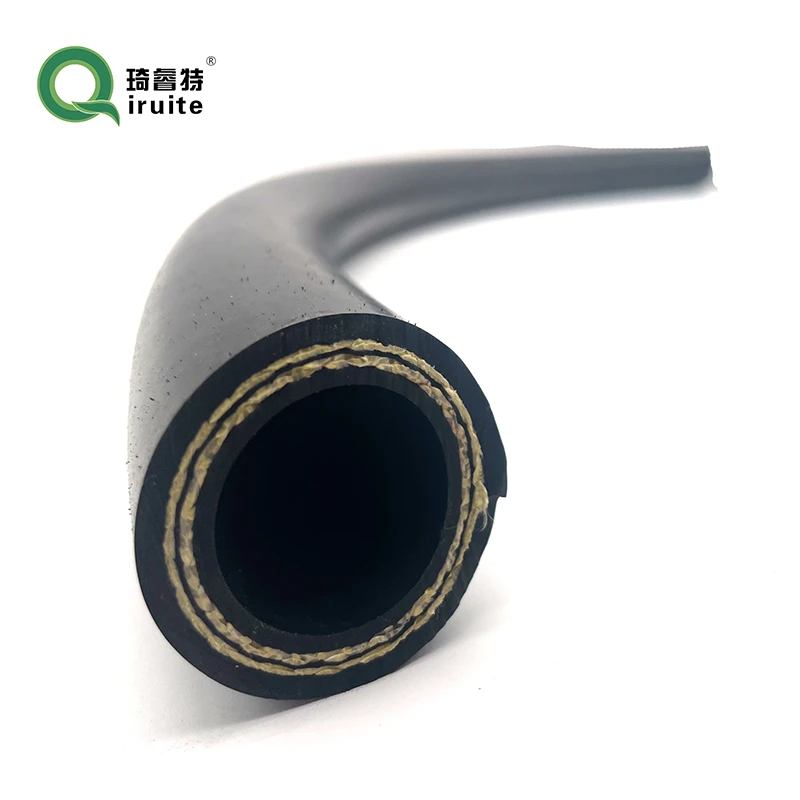Guide to Installing Power Steering Hoses for Optimal Vehicle Performance
How to Install Power Steering Hose A Step-by-Step Guide
Power steering is an essential component of any vehicle, providing the driver with ease of steering and enhanced control over the car. However, the power steering system relies on various parts, including the power steering hose. If your power steering hose is leaking or damaged, it may need to be replaced. This article provides a comprehensive guide to installing a power steering hose, ensuring your vehicle runs smoothly and efficiently.
Understanding the Power Steering Hose
The power steering hose is responsible for transporting hydraulic fluid from the power steering pump to the steering gear. There are typically two types of hoses the high-pressure hose that carries fluid from the pump and the return hose that brings it back. When either of these hoses leaks, it can cause steering issues and lead to further damage if not addressed promptly.
Tools and Materials Needed
Before starting the installation process, gather the following tools and materials
- New power steering hoses (high-pressure and return) - Wrenches (both standard and metric) - Pliers - Screwdriver - Fluid catch basin - Power steering fluid - Shop towels or rags - Safety glasses - Gloves
Step-by-Step Installation Guide
1. Safety First Begin by ensuring that the vehicle is turned off and parked on a level surface. Engage the parking brake to prevent the car from moving. Wear safety glasses and gloves to protect yourself from any potential hazards.
2. Locate the Power Steering Hoses Open the hood and locate the power steering pump and associated hoses. The high-pressure hose typically connects directly to the pump, while the return hose connects to the steering gear.
power steering hose installation

3. Drain the Power Steering Fluid Before removing the hoses, place a fluid catch basin underneath the power steering pump to collect any leaking fluid. Loosen the hose clamps or fittings using a wrench or pliers and carefully detach the hoses from the pump and steering gear.
4. Remove the Old Hoses Once the clamps or fittings are loosened, gently pull the hoses off. If they are difficult to remove, use a screwdriver to carefully pry them off the fittings, taking care not to damage the connections.
5. Install the New Hoses Begin by installing the high-pressure hose first. Align the hose with the connection points on the pump and steering gear, ensuring that it fits snugly without kinks or twists. Secure the hose in place with hose clamps or fittings, tightening them securely but be careful not to overtighten, which can cause damage.
6. Connect the Return Hose Follow the same procedure for the return hose. Ensure that the hose is not twisted and is properly secured at both ends.
7. Refill the Power Steering Fluid After both hoses are installed, check the owner’s manual for the correct power steering fluid type. Remove the cap from the power steering reservoir and fill it with fluid until it reaches the recommended level.
8. Bleed the Power Steering System With the vehicle still off, turn the steering wheel from lock to lock several times. This action helps to remove any air trapped in the system. Check the fluid level again and add more if necessary.
9. Test the System Start the vehicle and let it idle for a few minutes. Turn the steering wheel to ensure smooth operation. Keep an eye out for any leaks around the hose connections. If any are present, recheck the clamps and fittings.
10. Dispose of Old Hoses and Fluid Properly Once everything is working correctly, make sure to dispose of the old hoses and any spilled or old power steering fluid according to local regulations.
Conclusion
Installing a new power steering hose may seem daunting, but with the right tools and a little patience, it is a manageable task for anyone with basic automotive knowledge. Regular maintenance of your power steering system, including replacing worn or damaged hoses, will help ensure safer driving and a longer life for your vehicle. Always consult your vehicle's manual and, if in doubt, seek professional assistance to ensure a successful installation.
-
Understanding Power Steering Tube ReplacementNewsApr.16,2025
-
SAE J1401 Brake Hoses: A Critical Component for Vehicle SafetyNewsApr.16,2025
-
Pipe Couplings: Essential Components for Effective Plumbing and Fluid SystemsNewsApr.16,2025
-
Hose Guard Solutions for Every NeedNewsApr.16,2025
-
Effective Spiral Protection SolutionsNewsApr.16,2025
-
Effective Sewer Cleaning SolutionsNewsApr.16,2025

